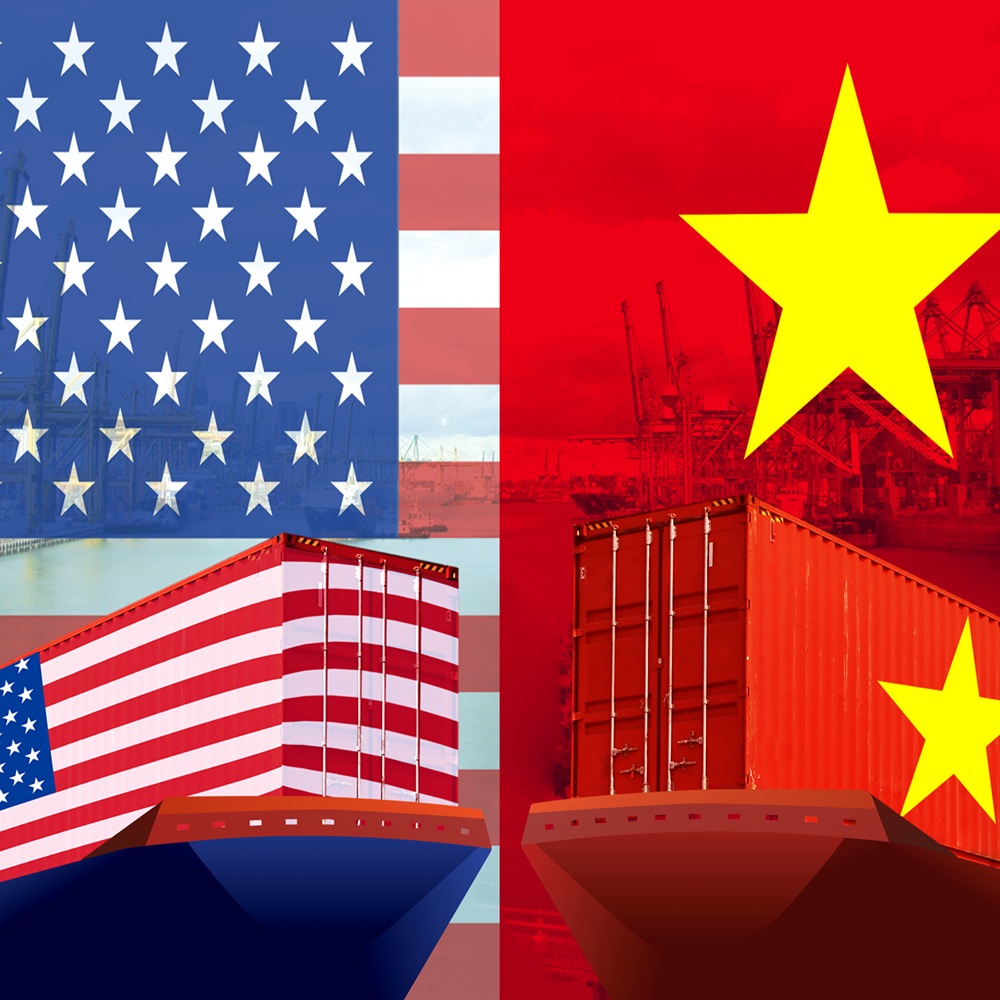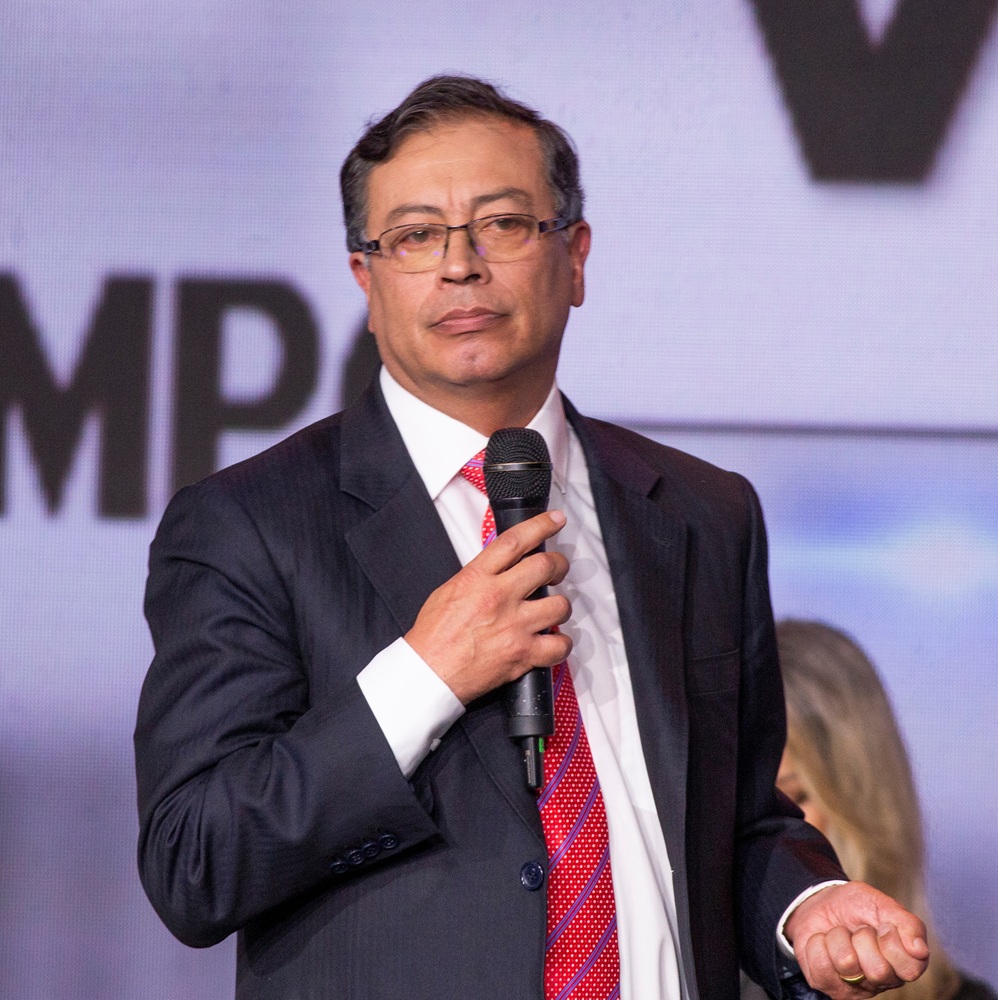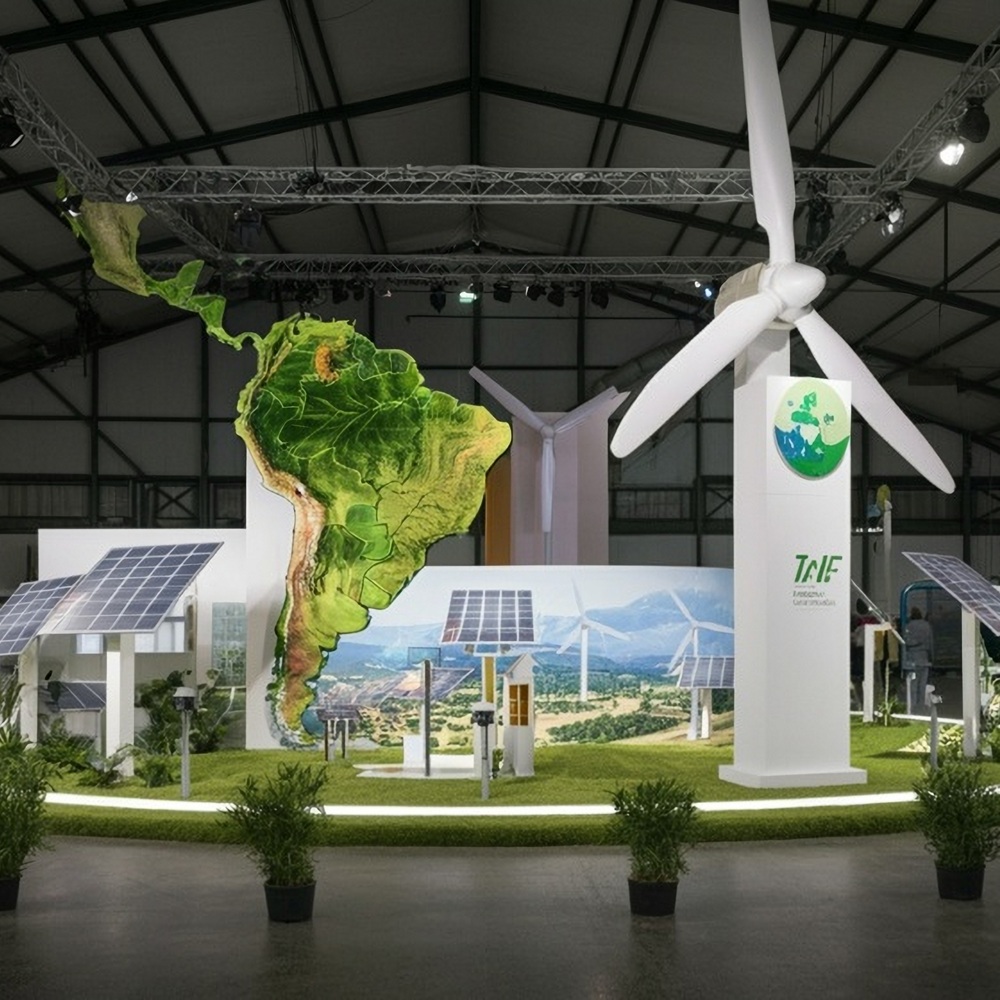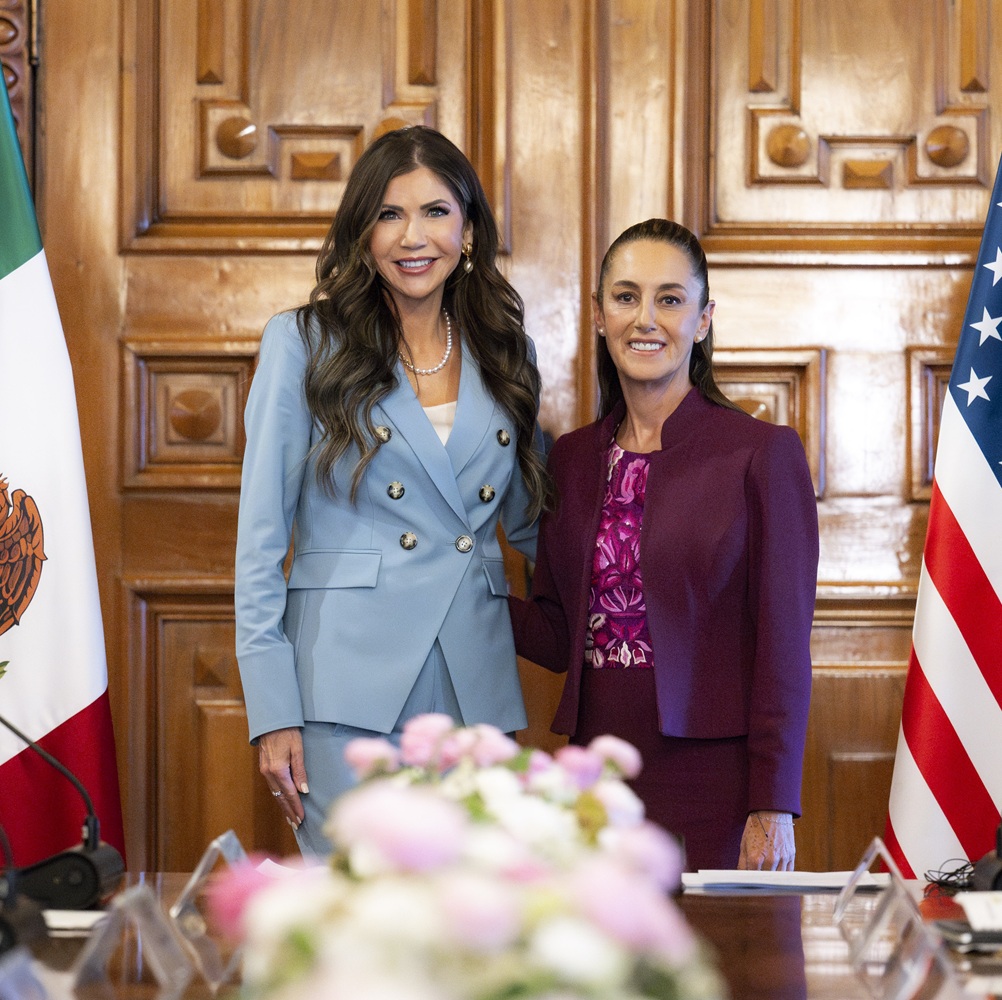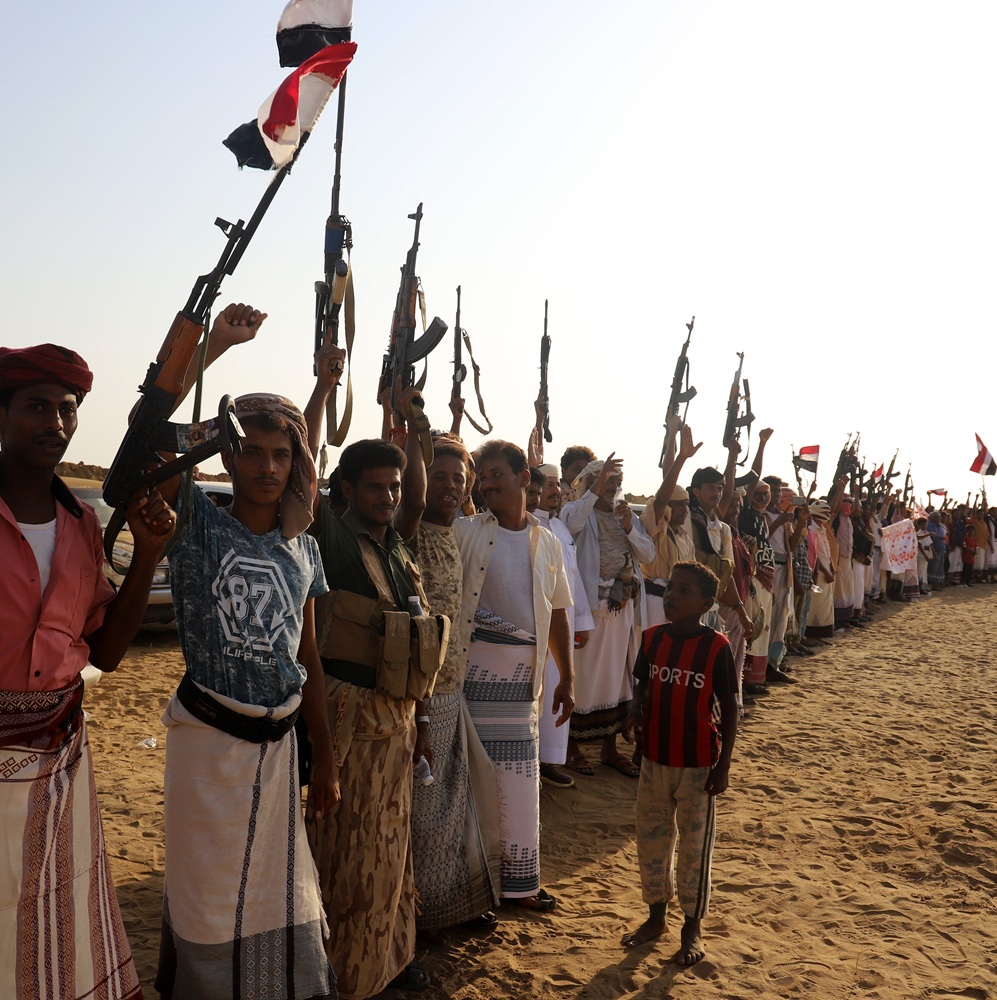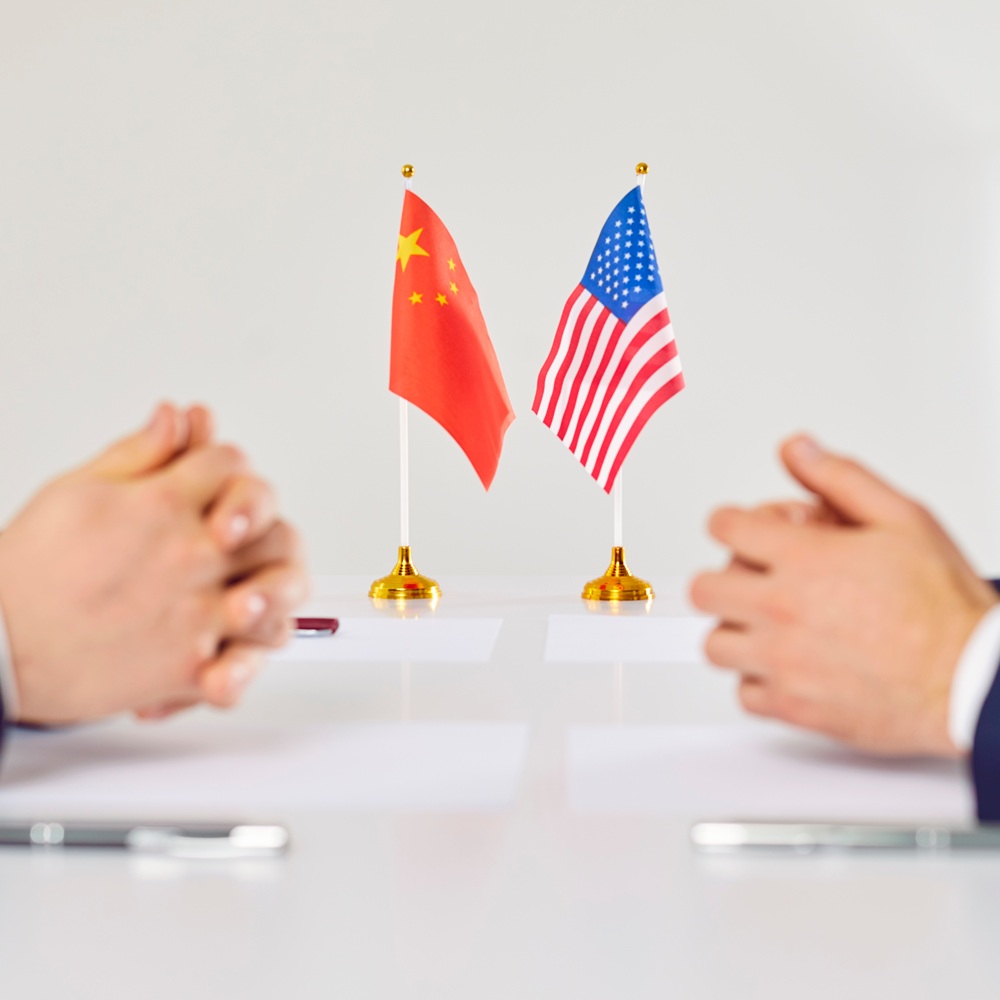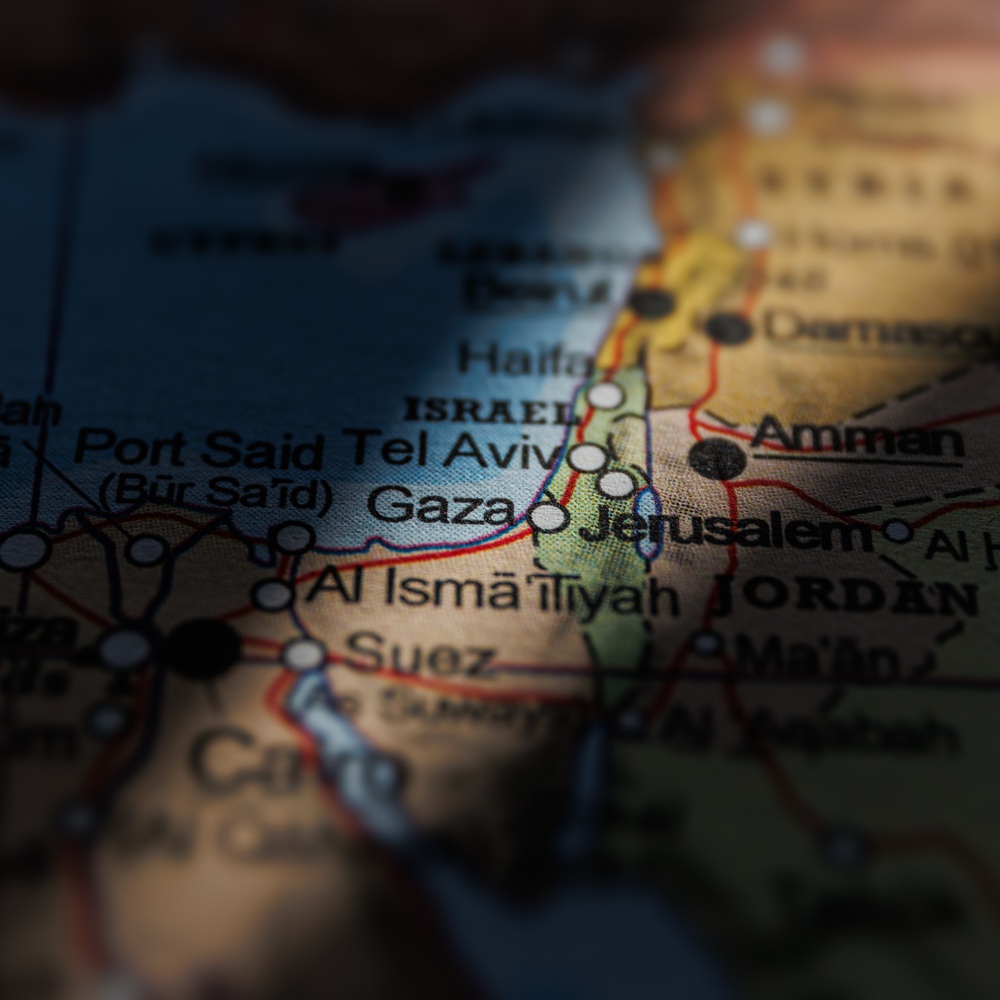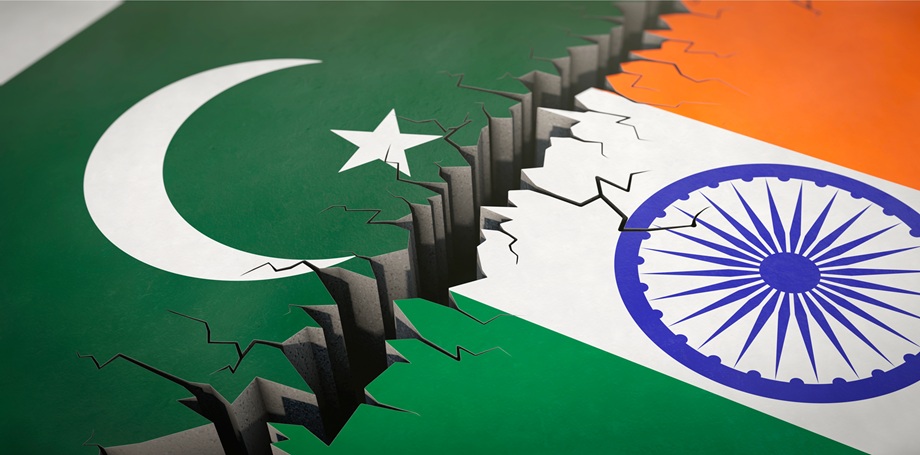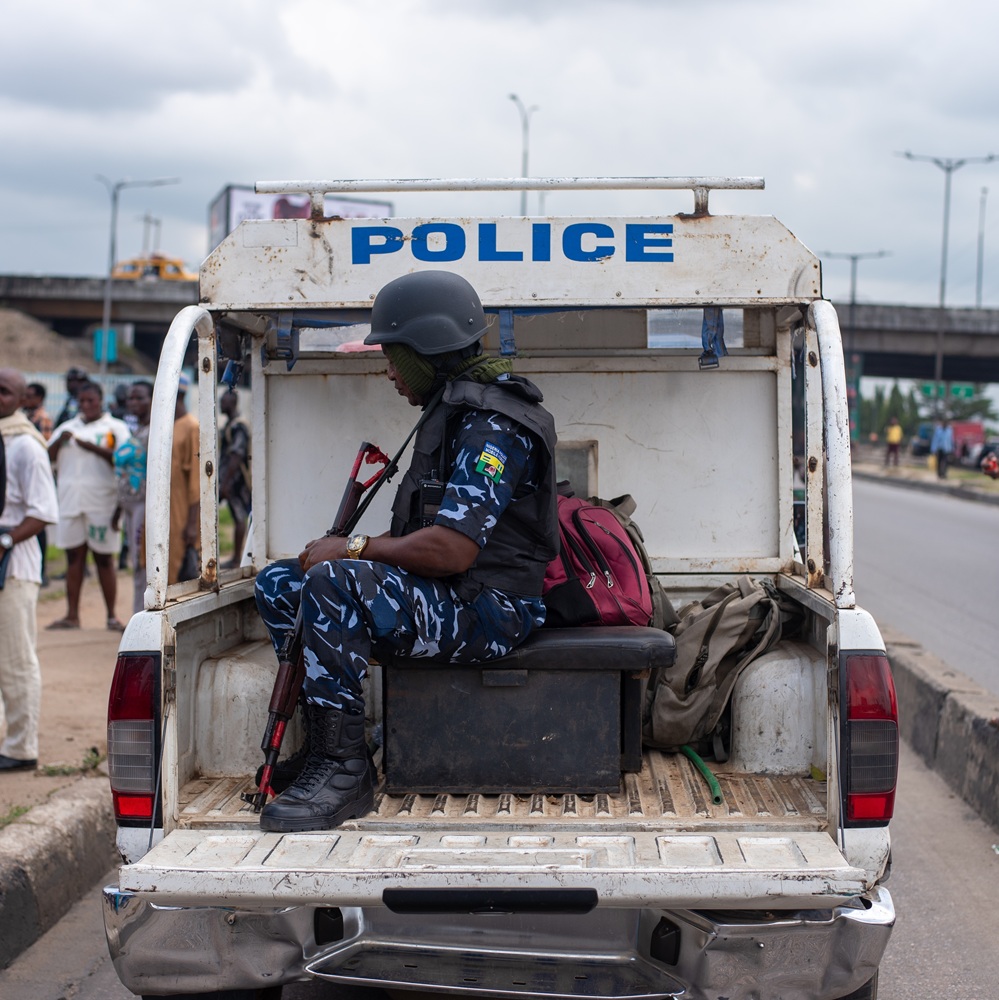
A Political Breakthrough?
by Ebenezer Obadare
한국어로 읽기 Leer en español In Deutsch lesen Gap اقرأ بالعربية Lire en français Читать на русском Is the nascent consensus on state police in Nigeria a political ruse or a giant step towards true federalism in the country? No matter what happens next, last week’s statement by the Northern States Governors’ Forum expressing “support for the creation of State Police” and calling on “the National Assembly to expedite action on the enactment of the legal framework for its takeoff” will go down as a pivotal moment in the often-contentious debate over genuine federalism and political decentralization in Nigeria. Although it is not the first time that the Forum, the umbrella body of the chief executives of the nineteen northern states, will be expressing unanimous support for the idea (they also did back in September 2022 as the region buckled under the weight of relentless attacks by Boko Haram terrorists), the demand for expeditious action by a group of actors long seen as the epitome of northern resistance to the idea of state police is nothing short of remarkable. While it lasted, that opposition, or, to put it positively, an insistence on keeping policing on the Exclusive Legislative List per Section 214 (1) of the 1999 Nigerian Constitution, essentially preserving federal control over police affairs, was an article of faith among northern political actors, who, when they were not fearful about the potential for its abuse by individual state governors, worried that they may not have the resources to maintain it. In any event, they (i.e., the northern governors) were sure, as they insisted after reneging on an agreement reached at a meeting of the governors of the thirty-six states of the Nigerian federation in August 2012, that “the best way to ensure adequate security in all the states [was] for the federal government to allow commissioners of police to be controlled by the respective governors so that they can take orders from the state executives.” What explains the ostensible volte-face? One possible explanation is the worsening security situation in the northern region and the sense of desperation it has engendered among northern governors, traditional rulers, and other notables. Since the turn of the year, Boko Haram; Lakurawa, a jihadist group believed to be an affiliate of the Islamic State Sahel Province (ISSP); and lesser-known groups like Mahmuda, a Boko Haram splinter group, have embarked on a murderous spree in the northeastern, northwestern, and north-central parts of the country respectively, killing an untold number of people and laying waste to military bases, religious houses, and other public and private property. Since the outbreak of the Boko Haram insurgency in 2009, the group has been directly responsible for the deaths of tens of thousands and the displacement of millions. Given this situation, and considering the helplessness of the Nigerian armed forces, a certain desperation on the part of the governors may be understandable. Yet, it hardly explains how the idea of states administering and controlling their own police (a sound idea on its own merit) is suddenly embraced as the solution to a protracted insurgency that has so far defeated everything thrown at it. This puzzle has opened the door to a less charitable interpretation of the northern governors’ move, as follows: that far from being committed to state police as a matter of principle, the governors only see it as a way to kill two political birds with one stone—sign up for an idea which has become inexorable more or less, but at the same time use a newly-earned control over policing to tighten political control ahead of the next presidential election in March 2027, one that, at the moment (things could change very easily), is shaping up as a north-versus-south confrontation. In other words, assume control of police affairs as a way to defend “northern interest” when the push of electoral politics comes to shove. Whether or not the northern governors indeed have this shared understanding, the hypothesis—for it is nothing more than that at this point—is a reminder of the many reasons why the idea of state police in Nigeria has always been politically charged, and why a consensus on something as apparently straightforward as having individual state governments fund and maintain their own police—the very epitome of federalism, as its advocates see it—has been elusive. The anxiety of opponents of the state police as to its likely abuse, including mobilization against political opponents, is not unfounded. Nor will anyone who has listened to a former state governor proudly recount how he used his commissioner of police to manipulate elections and subvert the democratic process (unwittingly validating another former governor’s point [PDF] about the Nigeria Police Force being one of the five “mini-gods” that anyone trying to understand “the nature of electoral politics in Nigeria…must pay significant attention to”) dispute the contention of critics that the system is “not mature enough.” Mature or not, there is no doubting that the country, and President Tinubu in particular, is at a critical juncture. For a country wracked by violence of various stripes, and one where vigilante groups of various degrees of legality have continued to mushroom, it would seem irresponsible not to seize an opportunity that, on the whole, should increase security while strengthening local accountability. President Tinubu, too, has a decision to make. For a man who fancies himself a federalist and raised on a diet of Awolowo-Yoruba progressivism, he would be hard pressed to explain to himself, never mind his allies in the Yoruba political heartland, how he failed to capitalize on a political moment arguably unprecedented in the country’s checkered history. From this perspective, he has no choice but to sign the “Constitution of the Federal Republic of Nigeria (Alteration) Bill, 2023 (Establishment of State Police)" [PDF] as soon as it lands on his desk. Were he, contrariwise, to stall, it would be an indication that he perceives the northern governors’ sudden about face as the first move in a political plot calculated to upstage him as president come 2027. Should that happen, and should the idea of state police continue to languish in legislative limbo, it would not be the first time in Nigeria that politics has waylaid history. Or is it the other way around?









